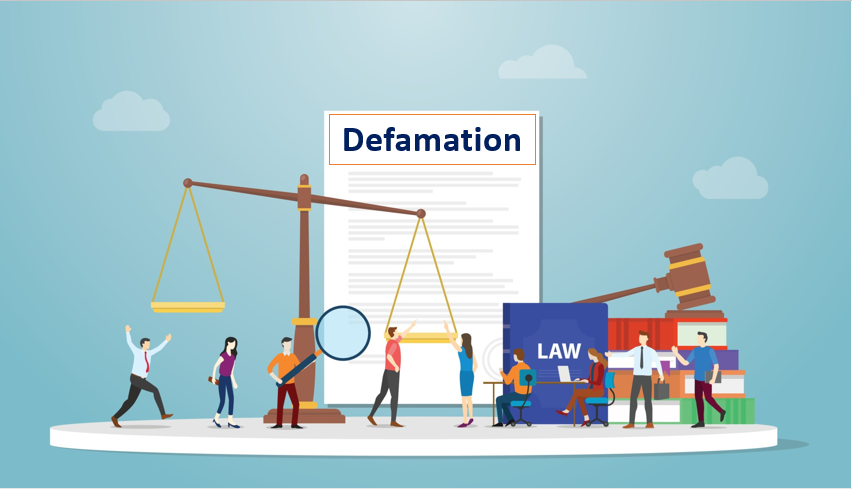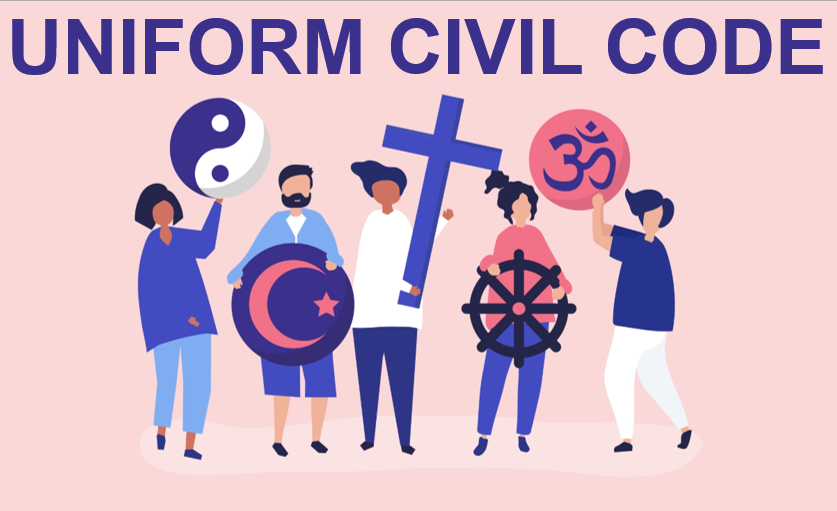Published On: 18 September, 2023
Cybercrime Laws and Internet Regulations in India
INTRODUCTION
The Internet has seamlessly merged into our everyday routines, handling everything from social interactions to shopping and banking. As its use skyrockets, cybercrime follows suit with a troubling upsurge. To counter this problematic situation, India has erected an unyielding legal framework consisting of numerous laws, standards, and precedents aiming at enforcing security measures for the digital realm. To understand better how encounters with a cybernetic crime are addressed in India one needs to familiarize themselves with their unique set of rules regarding internet usage as well important judgments that contributed significantly towards forming today’s Battle plans against virtual offenses.
Cybercrime refers to criminal activities where computers or computer networks serve as principal tools. More concretely it includes crimes like Hacking, phishing, theft of identity, fraudulent schemes, etc.”
INFORMATION TECHNOLOGY ACT, 2000 (IT ACT)
“Numerous cybercrime regulations exist within India. Most important amongst them is the Information Technology Act established in 2000 (IT Act),
It serves as a fundamental pillar for combating cybercrime legally. This act was initially instituted to simplify and legally authenticate both digital signatures and online documents, thereby making internet-based commerce and communication lawfully binding.
Sufficient evidence of this can be traced back to when the Madras High Court ruled during the State of Tamil Nadu v Suhas Katti case that an electronically crafted document bearing a digitally formatted signature could serve legal credibility under court scrutiny according to IT Act; thus, providing legitimacy towards every such digital endorsement.”
Cybercrime is characterized and penalized under the IT Act, with multiple serious offenses delineated within it. These include –
Hacking – illicit utilization of a computer system or network without consent from its owner. Phishing involves imitating legitimate emails or text messages to pilfer personal details such as bank information and passwords.
Identity theft entails unlawfully utilizing another individual’s confidential data like name, address, banking particulars, etc., without authorization.
Fraud encompasses feigning someone else’s identity for deception or making deceitful promises while taking advantage of an unsuspecting victim.
Child pornography – The category also includes child pornography involving producing distributing and possessing explicit items featuring minors illegally.
Defamation- False rumours about anyone that harms public image fall under defamation.”
AMENDMENTS TO THE IT ACT:
“Over time, amendments have been made to the IT Act multiple times to combat emerging cyber risks. Some key alterations are noteworthy:
The implementation of Section 66A came into play which declared offensive online content as unlawful. However, due to its ambiguous nature and potentially infringing on freedom-of-speech rights, this segment was heavily criticized until it was eventually repealed by the Supreme Court back in 2015 in the case – Shreya Singhal v. Union of India.
Section 43A included mandating legal requirements for safeguarding confidential personal information.
In addition, provisions within The IT Act facilitated the formation of the Indian Computer Emergency Response Team popularly known as CERT-In which holds responsibilities like dealing with various cyber incidents along with issuing guidelines or alert notices regarding potential online threats.
INDIAN PENAL CODE (IPC):
While the IT Act is primarily concerned with cybercrime, the Indian Penal Code has cybercrime-related laws, such as Sections 420 and 509. These sections are frequently used in conjunction with provisions of the IT Act.
Section 420 of the IPC addresses dishonesty and deception in the delivery of property. It is frequently used in cases of internet fraud, fraud, or financial cybercrime.
The offense of insulting a woman’s modesty is addressed in Section 509 of the IPC. It can be employed in circumstances of internet harassment, cyberbullying, or sending offensive messages.
The Delhi High Court convicted an Uber driver for rape in R v. Shiv Kumar Yadav, depending on digital evidence, including GPS data from the accused’s smartphone. This emphasizes the use of IPC sections in cybercrime cases.
In Ashok Kumar v. State of Maharashtra 2009, the Supreme Court of India ruled that the IT Act applies to both online and offline defamation. This ruling made it possible to prosecute people for defaming others on social media.
COPYRIGHT ACT
The Copyright Act safeguards original works of authorship, encompassing books, music, movies, and software. It grants the copyright holder the exclusive right to reproduce, distribute, perform, display, and create derivative works based on the copyrighted material.
The Copyright Act contains specific provisions targeting cybercrime. For instance, Section 63 of the Act prohibits unauthorized reproduction or distribution of copyrighted materials online. Additionally, Section 66 of the Act addresses unauthorized access to computer systems or networks.
TRADEMARK ACT
The Trademark Act is in place to safeguard trademarks, which include words, symbols, or designs that serve as identifiers for specific goods or services offered by a business. This act grants exclusive rights to the trademark owner to utilize the trademark in connection with the registered goods or services.
The Trademark Act includes specific provisions that address cybercrime. For instance, Section 29 of the Act makes it illegal to use trademarks without authorization online. Likewise, Section 30 prohibits the unauthorized registration of trademarks.
THE NATIONAL CYBER SECURITY POLICY
The National Cyber Security Policy (NCSP) of 2013 is a strategic document formulated by the Indian government. It outlines the government’s approach to cybersecurity in the digital age and serves as a guiding framework. Its primary objectives are to safeguard critical information infrastructure, protect against cyber threats, and promote a secure and resilient cyberspace ecosystem in India.
Cyber Crisis Management Plan: This policy outlines the framework for effectively handling and responding to cyber incidents.
Promoting Research and Development: The initiative aims to foster collaborations between the government, academia, and industry, encouraging research and development in cybersecurity.
INTERNET REGULATIONS IN INDIA
Intermediary Liability:
In India, social media platforms and websites are held responsible for the content that users post. The Information Technology (Interme-Diaries Guidelines) Rule, 2011, requires intermediaries to take down illegal content and assist law enforcement.
In the case of Shreya Singhal v. Union of India, the Supreme Court clarified the liability of online intermediaries. The court ruled that these intermediaries are not responsible for user-generated content unless they fail to comply with government requests for content removal.
Cybersecurity Initiatives:
To combat cyber threats, the Indian government has implemented several cybersecurity measures, including the National Cyber Coordination Centre (NCCC) and the Cyber Swachhta Kendra (Botnet Cleaning and Malware Analysis Centre). These initiatives focus on monitoring and responding to potential cyberattacks.
Digital Personal Data Protection Act:
Additionally, in 2023, India approved the This act aims to ensure that personal data is processed in a manner that upholds individual rights while also meeting the legitimate needs of businesses.
In Justice K.S. Puttaswamy (Retd.) v. Union of India, The Supreme Court, in this case, recognized the fundamental right to privacy as an intrinsic part of the right to life and personal liberty under Article 21 of the Constitution. This judgment laid the foundation for data protection laws in India.
CHALLENGES
Capacity Building:
Training law enforcement agencies and the judiciary on how to handle complex cybercrimes will be needed in India.
International Cooperation:
Cybercrimes are usually transnational. Hence, India needs international cooperation in investigations and prosecution.
Digital Literacy:
Promoting digital literacy is a key to reducing threats to citizens towards cybercrime.
Adaptation to Emerging Technologies: The framework has to keep up as technology changes. Examples of new threats include those from artificial intelligence and blockchain.
CONCLUSION
India’s cybercrime laws and internet regulations have come a long way when it comes to tackling challenges that the digital age throws our way. The legal framework and key case laws provide solid grounds for combating cybercrimes and protecting the interests of citizens and organizations. However, as cyber threats keep evolving, it becomes integral that India remains vigilant, updates its laws concerning this, and works together with other nations to effectively safeguard its cyberspace.
REFERENCE(S) CASE LAWS:
State of Tamil Nadu v Suhas Katti (2004) 1 MLJ 761
Shreya Singhal v. Union of India. (2015) 5 SCC 1
R v. Shiv Kumar Yadav 2016 SCC 402
Ashok Kumar v. State of Maharashtra 2009 AIR Bom 281
Justice K.S. Puttaswamy (Retd.) v. Union of India (2017) 10 SCC 1


